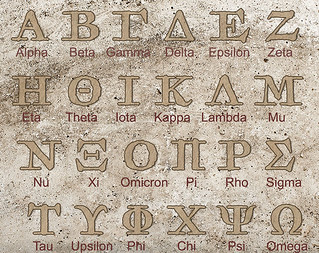
PREV ARTICLE
NEXT ARTICLE
FULL ISSUE
PREV FULL ISSUE
READING ANCIENT GREEK COINSMike Markowitz published a very useful CoinWeek article on reading inscriptions and dates on ancient Greek coins. Here's an excerpt - see the complete article online. -Editor
In contrast, ancient Greek coins are remarkably laconic. Many bear no inscription at all — the technical numismatic term for this (from Greek, of course!) is “anepigraphic”. We can only guess at the level of literacy in the ancient Greek-speaking world. By one estimate, about five to 10 percent of the adult male population could read and write (Harris, 114). Several non-Greek societies (Celtic, Semitic, and Persian) used Greek letters for their coin inscriptions. Ancient Greek coin inscriptions are all written in “capital” letters; lower case letters were a post-Classical development used mainly in manuscripts. There were usually no spaces between words.

To read the complete article, see:
THE BOOK BAZARREWayne Homren, Editor The Numismatic Bibliomania Society is a non-profit organization promoting numismatic literature. See our web site at coinbooks.org. To submit items for publication in The E-Sylum, write to the Editor at this address: whomren@gmail.com To subscribe go to: https://my.binhost.com/lists/listinfo/esylum All Rights Reserved. NBS Home Page Contact the NBS webmaster 
|
